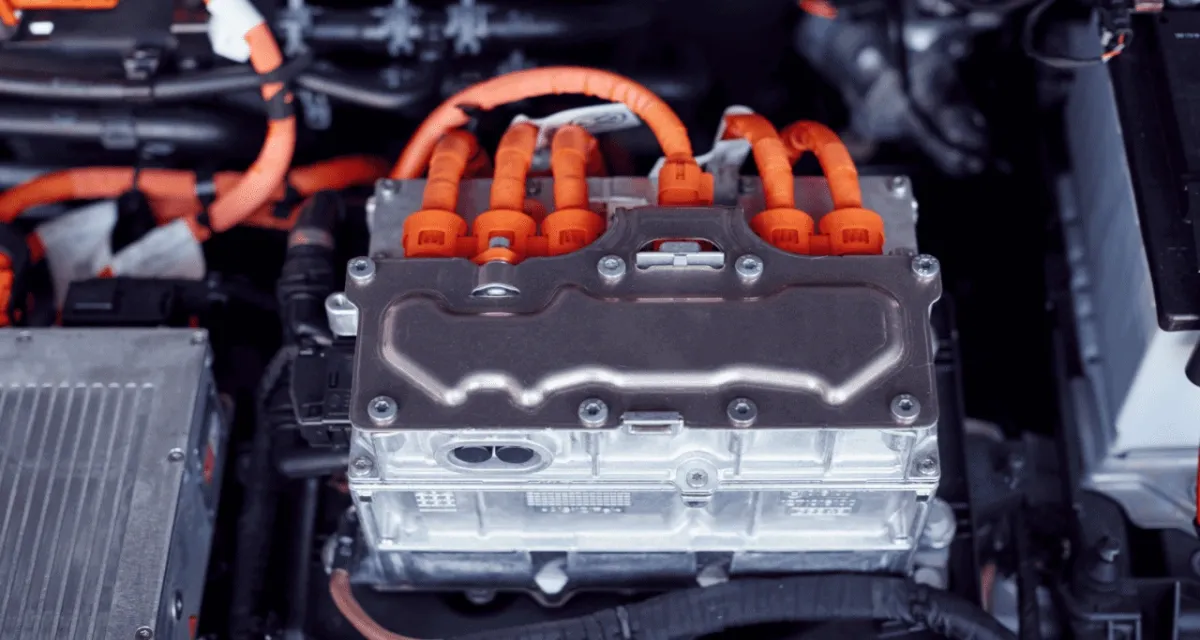

Following the tragic event in which an electric car and a house caught fire as a result of a misguided attempt to warm the car's battery with a toaster, the crucial question is: Is it really appropriate to use everyday household appliances in such unusual ways to prepare an electric vehicle? Despite being an extreme case of mismanagement, the incident raises important safety concerns and highlights the need for further research into the dangers of overheating electric car batteries.
This accident raises the question: is it ever appropriate to use a toaster to warm the batteries of an electric car? The experiment's terrible conclusion makes it clear that the answer is a loud negative. In addition to being impracticable, using domestic toasters or any other heating appliances not intended for this purpose to warm electric car batteries carries a significant risk of fire and serious damage, as demonstrated by the disastrous outcomes that await the unlucky person who tries this.
Although the goal may have been to think outside the box and make the most of what was available to prepare the vehicle's battery, the truth is that handling lithium-ion batteries involves a number of safety precautions and specialized equipment.
Also Read: Volvo Cars Advanced EV Charging is here: Partners with Breathe Battery Technologies
Commonplace domestic appliances, such as toasters, are not designed or equipped to meet the unique needs of safely and effectively warming a high-capacity car battery. The roaring flame in this instance demonstrates how readily dangerous scenarios might result from the toaster's heating components or some of its flammable pieces.
The event emphasizes how crucial it is to follow safety guidelines and prepare electric vehicles according to manufacturer instructions, especially during severe weather. When warming the battery of an electric car, the vehicle's systems should always be integrated and specifically made for that purpose. This ensures accurate temperature regulation and safety features to keep the battery from overheating or posing other risks.
Finally, the foolish attempt to warm an electric car battery with a toaster serves as a clear warning about the risks involved in experimenting with improper techniques. The event serves as a reminder of the need for prudence, following suggested protocols, and avoiding utilizing home equipment for unauthorized uses, especially when high-capacity lithium-ion batteries are involved. In the end, following manufacturer recommendations and using authorized equipment is by far the safest and most sensible way to warm an electric car battery correctly and prevent disastrous results like the one seen in this regrettable situation.
Also Read: 1. Toyota Teases Upcoming Taisor Crossover Ahead of April 3 Launch 2. Honda Raises Prices Across Entire Product Lineup in India, Introduces Safety and Feature Updates 3. Government Initiatives and Market Dynamics Point Towards More Affordable Hybrids in India